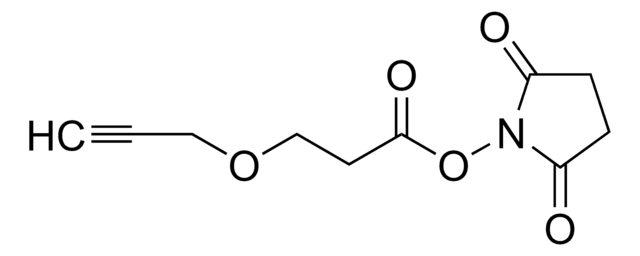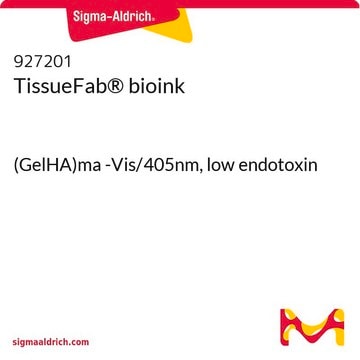KEM0005
Lambda Exonuclease
Ultra-pure enzyme for nucleic acid modifications
About This Item
Recommended Products
grade
Molecular Biology
for molecular biology
assay
>99% (SDS-PAGE)
form
buffered aqueous solution
specific activity
80,000 U/mg
concentration
5,000 U/mL
shipped in
dry ice
storage temp.
−20°C
General description
Application
Features and Benefits
- Ultra-purification process for ultimate enzyme performance
- Highest quality specifications for ultimate product consistency
- Undetectable DNA and nuclease contamination
Components
Unit Definition
Physical form
Other Notes
related product
Storage Class
10 - Combustible liquids
Choose from one of the most recent versions:
Certificates of Analysis (COA)
Don't see the Right Version?
If you require a particular version, you can look up a specific certificate by the Lot or Batch number.
Already Own This Product?
Find documentation for the products that you have recently purchased in the Document Library.
Our team of scientists has experience in all areas of research including Life Science, Material Science, Chemical Synthesis, Chromatography, Analytical and many others.
Contact Technical Service








